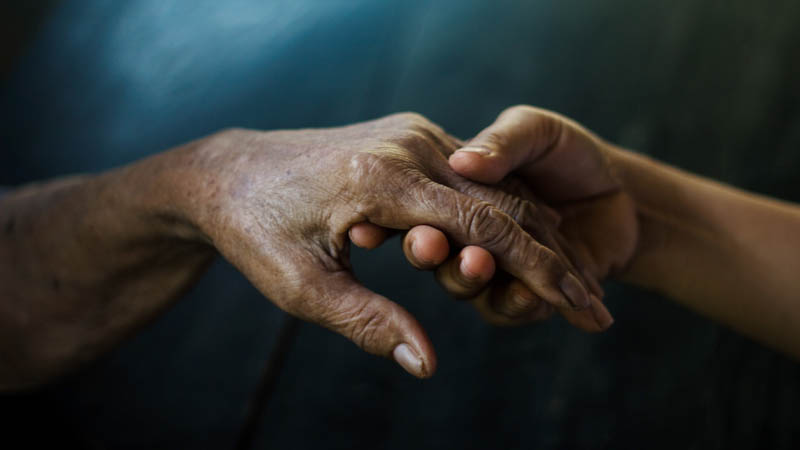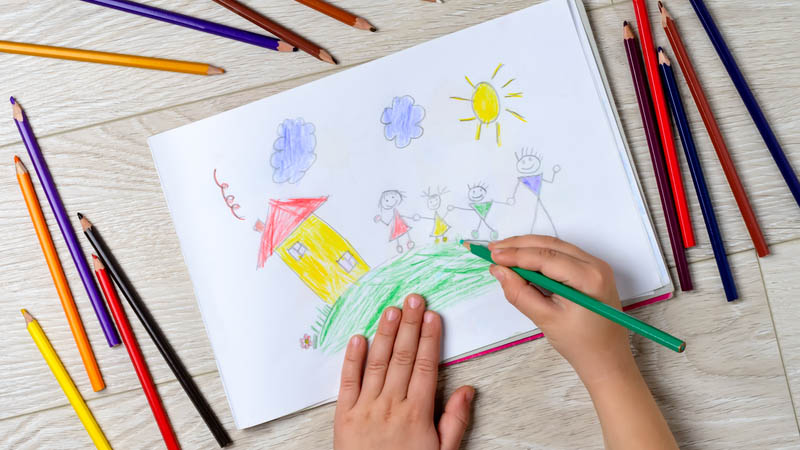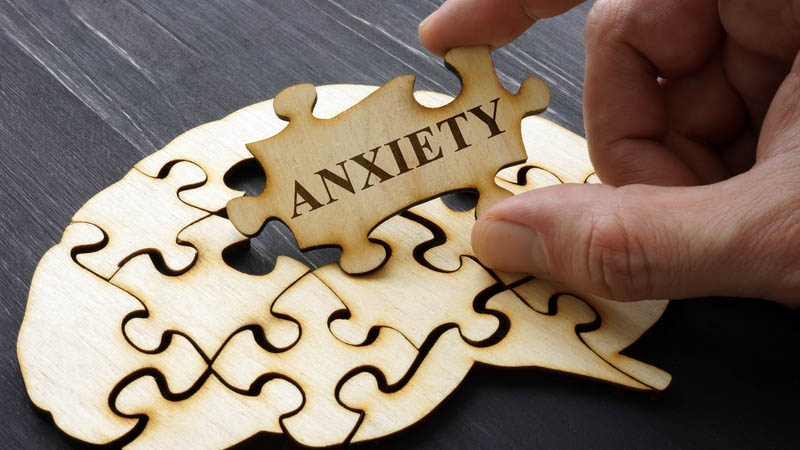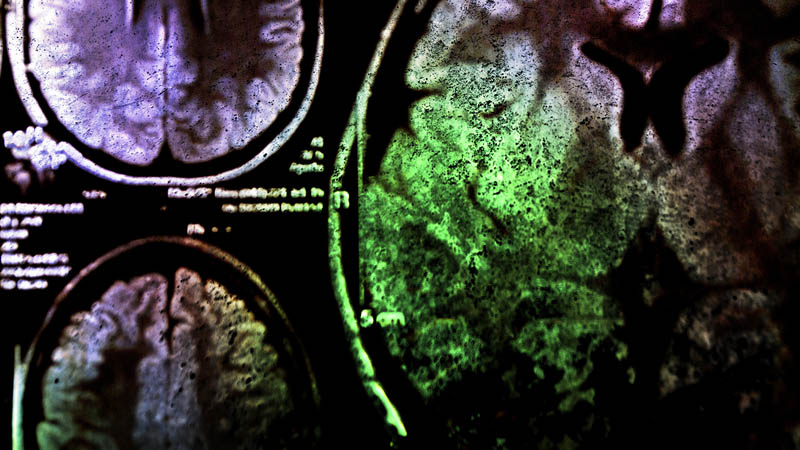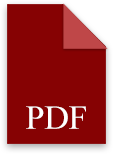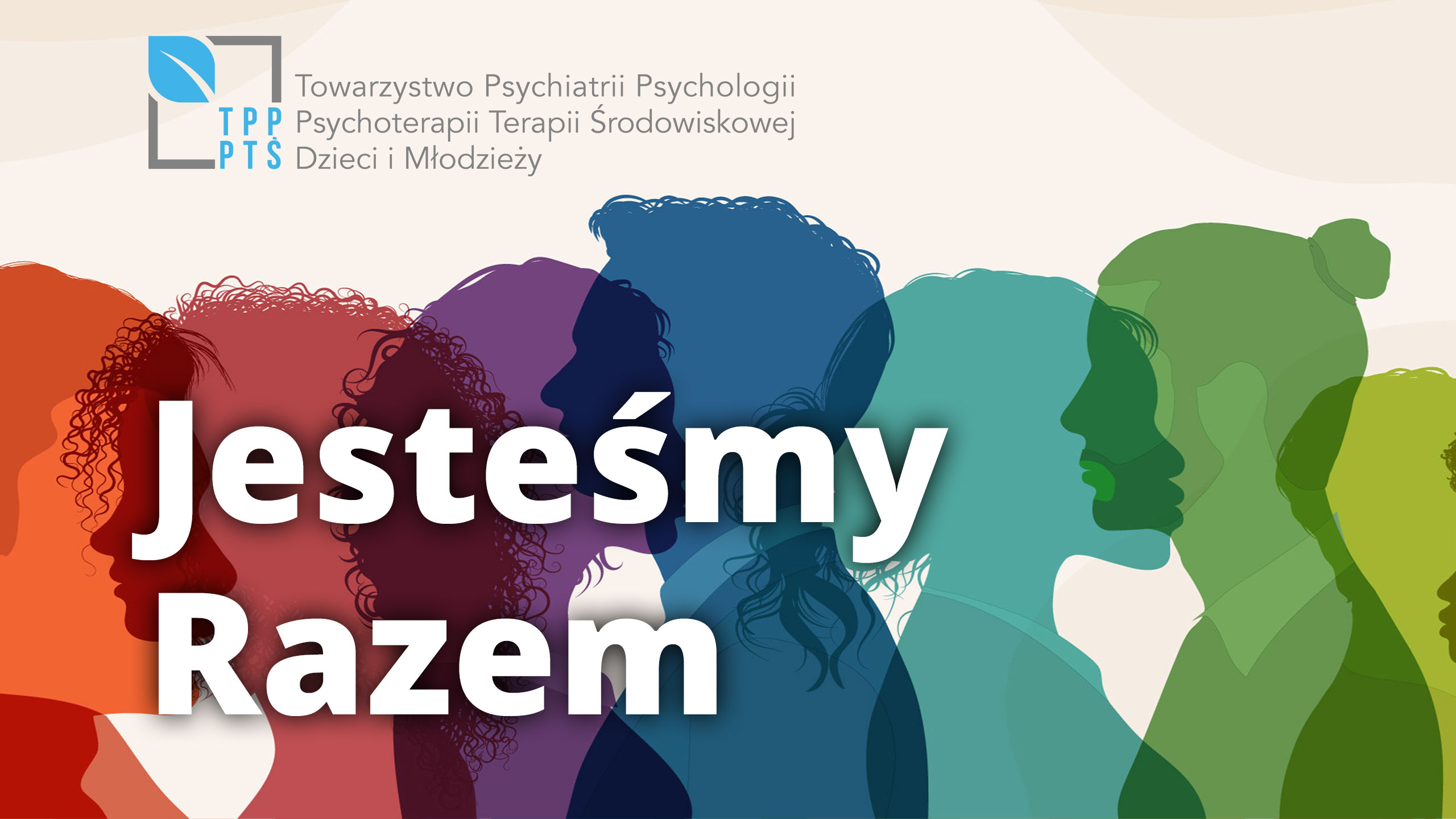Ideal self in adolescents with overweight and obesity
 Affiliacja i adres do korespondencji
Affiliacja i adres do korespondencjiThis study was aimed at evaluation of the ideal self and social functioning of children and adolescents with overweight and obesity. Qualified for the study were 69 patients (40 girls and 29 boys) from the Specialist Dispensary of Prevention and Treatment of Obesity with diagnosed overweight and simple obesity (oversize body weight – o.b.w.), outpatients with z-score higher than 2, aged from 9 to 17 years (average age 13 years and 10 months ±2 years and 4 months). The group was differentiated in respect of the dwelling place (urban, rural). The studies were carried out using a questionnaire with sociometric variables related to school and social functioning (age, gender, dwelling place, weight, existing treatment methods, familial obesity) and the Adjective Checklist ACL by H. Gough and A. Heilbrun in the version “what do you want to be like”. Besides, the subjects’ attitude to school, their declared scholastic performance, social contacts, level of their own body acceptance and applied methods of reducing the oversize body weight were examined. The statistical analysis indicated differences between the subgroup of boys and the subgroup of girls in 2 ACL scales, scale 22 Pn. and 24 Gp. estimating the sense of inferiority and counselling readiness, and in z-score index for BMI. It was also found out that the declaration of having a close person (girlfriend or boyfriend) statistically significantly differentiated the subjects within 9 of 24 ACL scales. Furthermore, a correlation was found between z-score for BMI and ACL scale 4 Pn. (number of selected adjectives of negative meaning) and the declared acceptance of one’s own body. Besides a correlation was found between ACL scale 6 Sk. (self-control) and the dwelling place. The scholastic performance correlated with the frequency of weighing and ACL scale 22 estimating the sense of inferiority and ACL 23 – submission.






